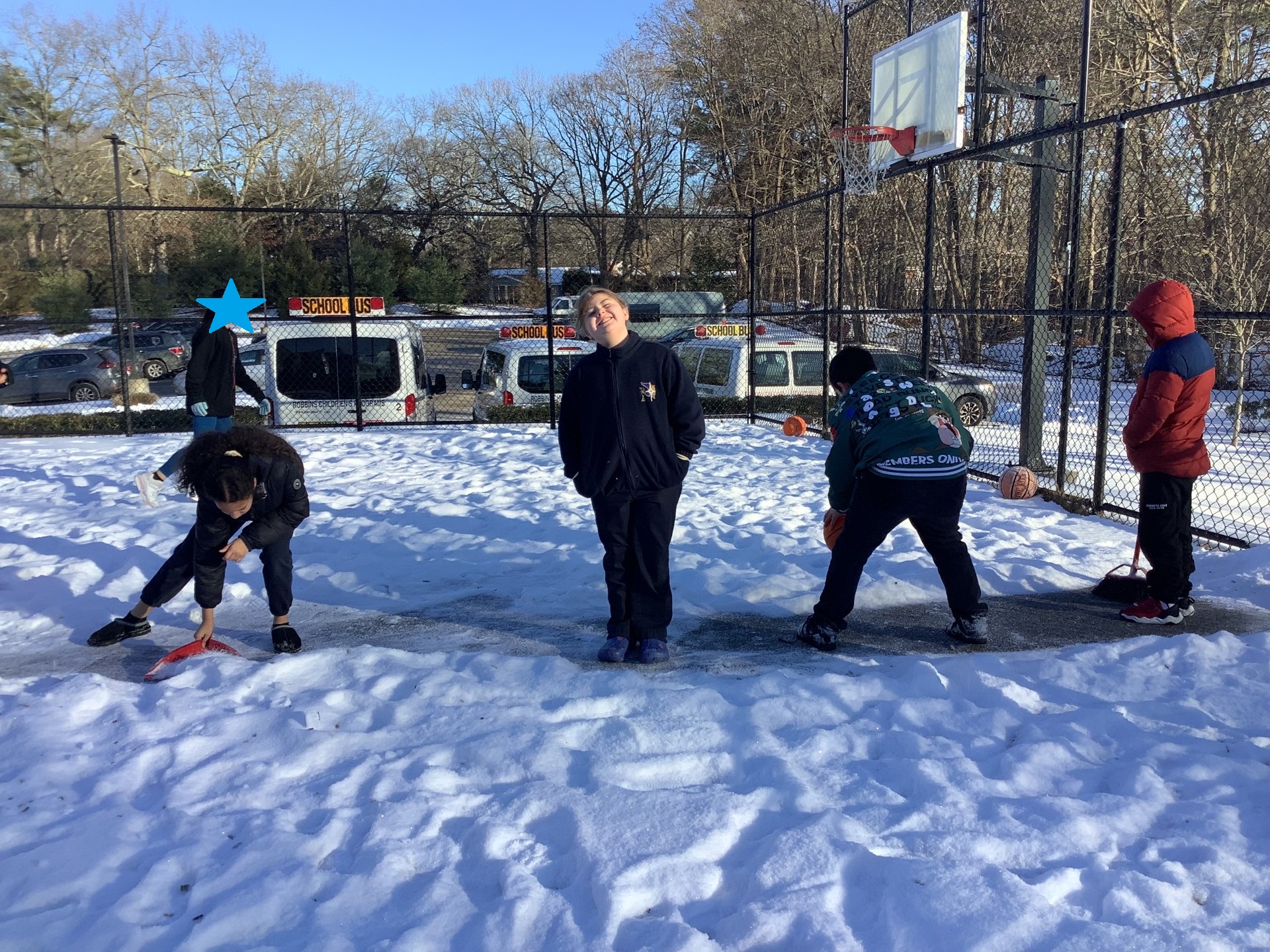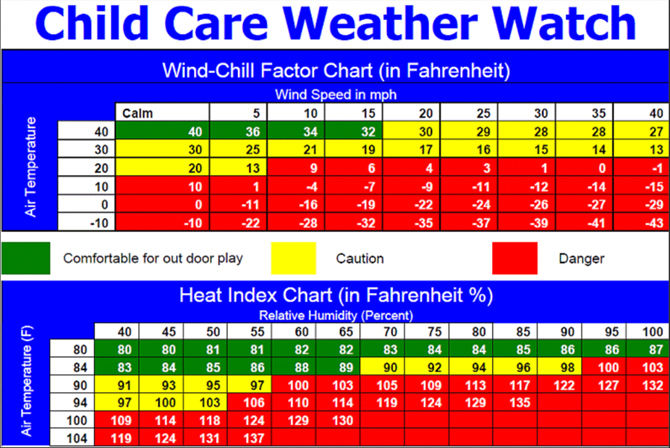As the winter months set in, it’s easy to fall into the trap of staying indoors, especially with the colder temperatures. However, outdoor winter activities are essential for children’s health and well-being, making them an important part of child care during this season. Here’s why getting outside is so beneficial, even in chilly weather.
- Fresh Air and Physical Health: Despite the cold, winter air is often cleaner and fresher than indoor air, which can dry nasal passages due to heating systems, prolonged exposure to indoor allergens, and low humidity. A brisk walk, playtime in the snow, or a short run outside can offer children a much-needed dose of clean, crisp air. This helps to improve lung capacity and promotes better breathing, keeping respiratory systems healthy during cold and flu season.
- Immune System Boost: Exposure to outdoor elements, even in winter, strengthens the immune system. Spending time outside allows children’s bodies to build resilience against seasonal illnesses naturally. The fresh air, combined with moderate exercise like playing in the snow, helps to stimulate the production of white blood cells, which are vital in fighting infections. Even in the winter, sunlight promotes vitamin D production, which is critical for immune function.
- Mental and Emotional Well-being: Winter playtime isn’t just good for physical health; it’s also key to a child’s emotional well-being. Outdoor activities help reduce stress, improve mood, and boost overall happiness. When active in nature, children experience a sense of accomplishment and joy that fosters a positive outlook and helps with anxiety, especially during the dark, dreary months.
- Building Healthy Habits: Introducing kids to outdoor winter activities establishes healthy habits early on. Whether it’s a winter hike, ice skating, or building snow forts, these activities set the stage for a lifetime of enjoying nature and physical exercise. It teaches children the importance of staying active and appreciating the outdoors, regardless of the season.
Robbins Children’s Programs follows the guidance of the Department of Early Education and Care, otherwise known as EEC in determining the length of outdoor play as the weather becomes more extreme. Robbins Children’s Programs follows the Child Care Weather Watch, a graph that uses air temperature plus wind speed to give color-coded temperature zones to allow Educators to know if outdoor play is safe for children. This chart is used widely amongst child care programs to determine the safety of outdoor play. At a green level, the temperatures would be safe for children to enjoy the usual length of outdoor play. At a yellow level, caution is advised, and the outside time is shortened but still utilized. Finally, the exposure risk is too high at a red level, and the children remain inside to use the indoor gross motor spaces. Additionally, the
So, don’t let the cold weather keep your child inside all winter. Encourage outdoor activities, whether a quick walk or an afternoon of snowball fights. Not only will they benefit from the fresh air and immune system boost, but they will also enjoy the countless benefits of being active outside. Remember, there’s no such thing as bad weather, just bad clothing—so bundle up, get outside, and make winter a time for fun and health!
* The American Academy of Pediatrics and the National Association for the Education of Young Children both emphasize the importance of children’s outdoor play during all seasons for physical and mental health.
Condition GREEN – Children may play outdoors and be comfortable. Watch for signs of children becoming uncomfortable while playing. Use precautions regarding clothing. sunscreen, and beverages for all child age groups.
Condition YELLOW – use caution, shorten the length of outdoor time and closely observe the children for signs of being too hot or cold.
Condition RED – most children should not play outdoors due to the health risk.



